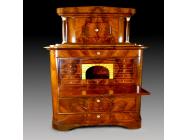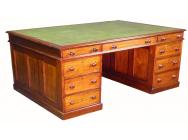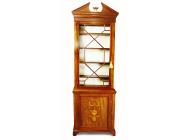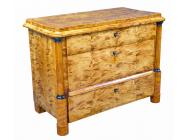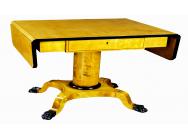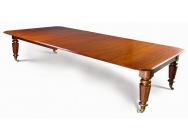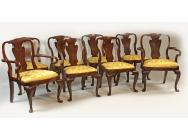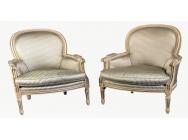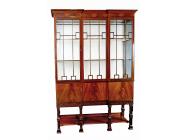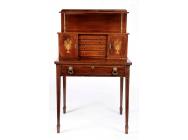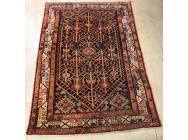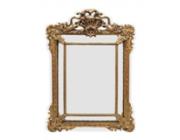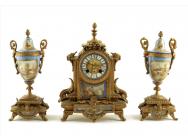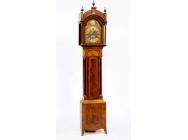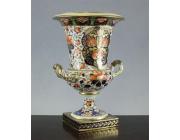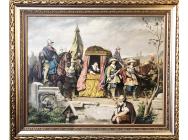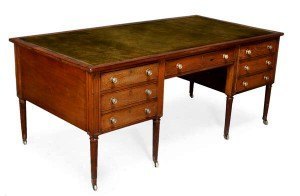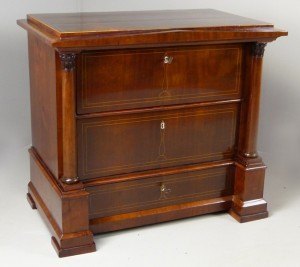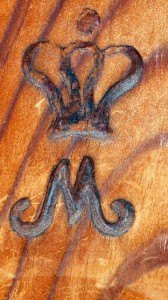An antique piece in a modern decor is like an oasis in a desert!
Featured
After a while deserts become monotonous and sterile!
The straight line is a mostly human invention. Nature hardly has any straight lines and when we try to imitate it we invent what we call “organic forms”. Straight lines were invented by ancient mathematicians not by artists.
At a lecture given by our great friend and mentor Albert Sack in New York in the 80s, a person from the audience asked him: “Mr Sack, what is it about antique furniture that is so pleasing and comforting to the eye?”. His answer was: ” It happens mainly because it is organic!”.
Everyone was amazed by his answer. He explained: ” antique pieces through the centuries have their straight lines becoming curved, thus becoming organic. It happens as a result of the pieces coexisting with people who touch them, wax them, use them, they even get rounded from friction with the air molecules that soften their sharp angles and even their straight edges become somewhat curved, ever so slightly. Our eyes can detect this and as these antique pieces gradually become more organic they also become more pleasing to our eyes, as by our nature we are attracted to things organic. If you want to find out whether a piece of furniture is modern or antique, run your hand across the edges of it. If its angles are sharp, it is most likely modern”.
We are getting used to straight lines because our minds tend to simplify things. However, are our minds also getting simpler when it comes to perceiving beauty and art? The ancient Greeks knew more about beauty and what is beautiful than we will ever know. Those famous painters, architects, sculptors through the ages created masterpieces that we presently analyze with computers in order to find out how they conceived and why are they so beautiful. But THEY knew, because they were surrounded by superior art, they studied it, they were deeply affected by it, they let it enter their whole existence and when that happened, they tried to better it. The most talented ones became our icons.
Having lived with art since my infancy I remember my father, a sculptor, saying that we are losing our capacity to understand and appreciate beauty. His professors at the University of Athens understood much more than what they could teach, as their students did not have the patience to think in a complicated artistic way. The famous architect and painter Le Corbusier once said: “Creation is a patient search.” Our society has no time to appreciate complex art. Thus we created simple shapes with straight lines and Minimalism.
So today’s decorators have a field day with straight lines and rectangular shapes and uncomplicated figures. Once in a while they throw in a piece with organic curves to warm up a cold minimalist decor. But most decorators nowadays have no training or ability to combine. However we marvel at the creations of those who do! We have seen such modern environments change drastically by introducing “one single antique piece of furniture”. It didn´t have to have heavy carvings or elaborate curves. Just an attractive well proportioned ”organic” form…and thus in the desert there appears a beautiful oasis!


